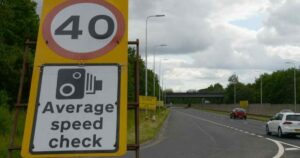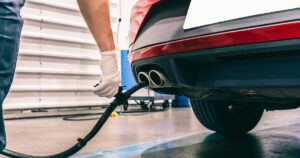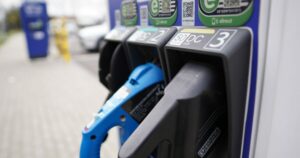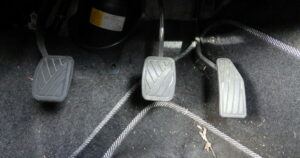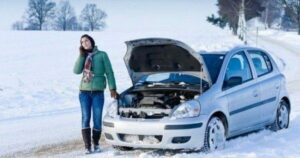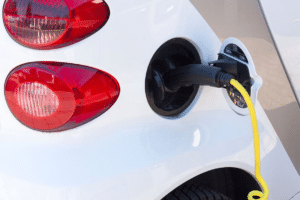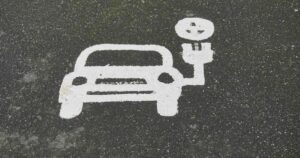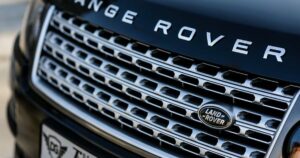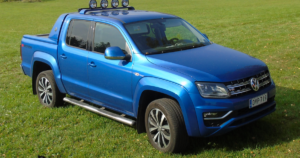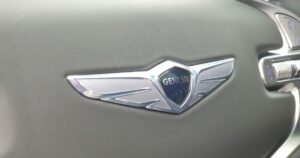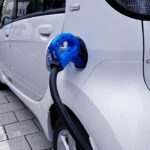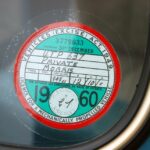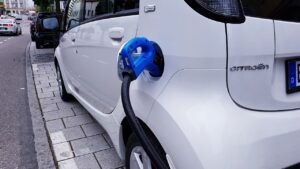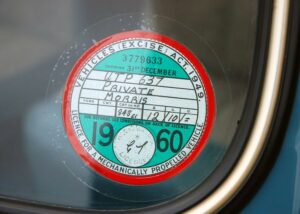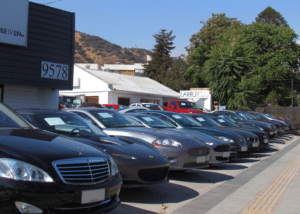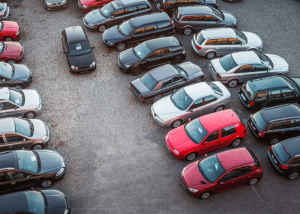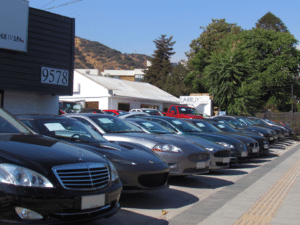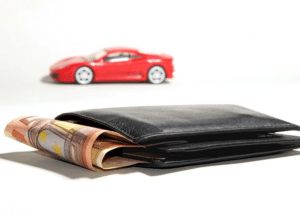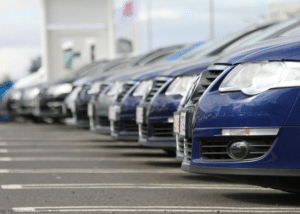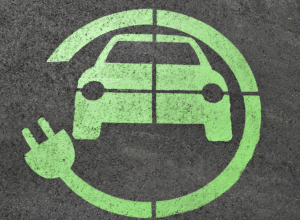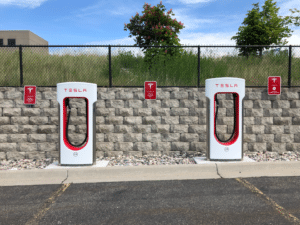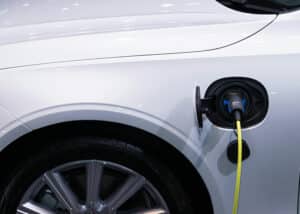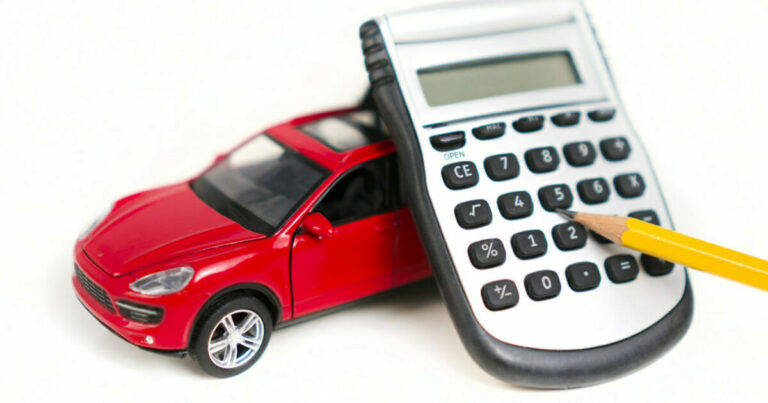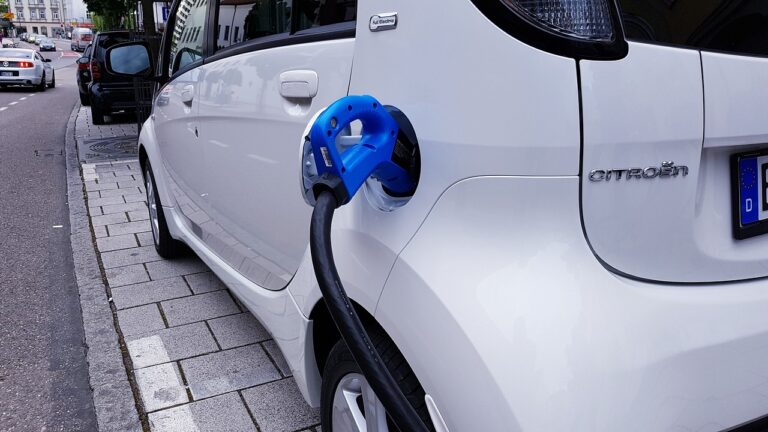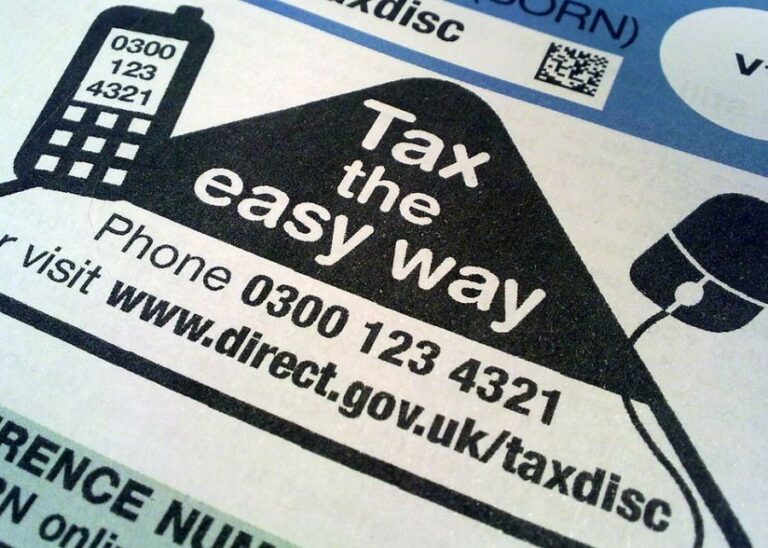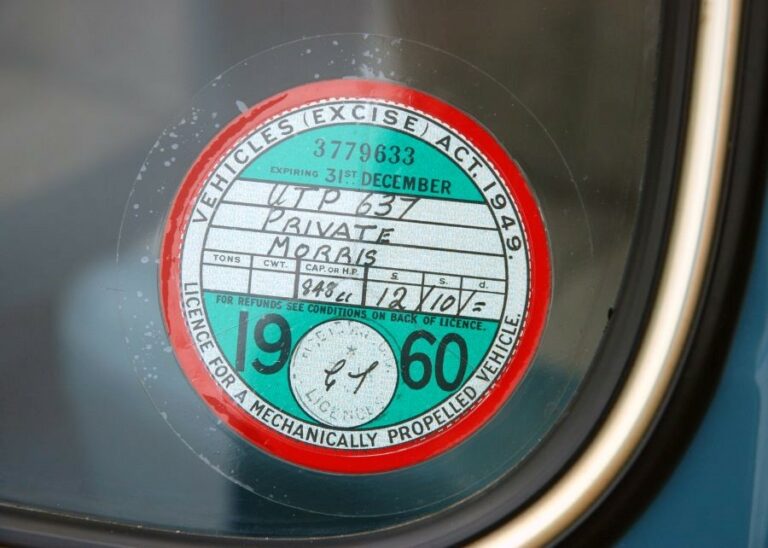Which cars cannot use E10 petrol?
Introduced in the UK in September 2021, E10 petrol was designed to be more eco-friendly than traditional petrol, although not all cars can run on it says Hey Car. In a bid to help motorists lower their carbon footprint, E10 petrol plans to eventually replace E5 fuel as the standard grade across the country, according to Car Guide. Let’s find out more about what E10 fuel is and whether it’s compatible with your car.
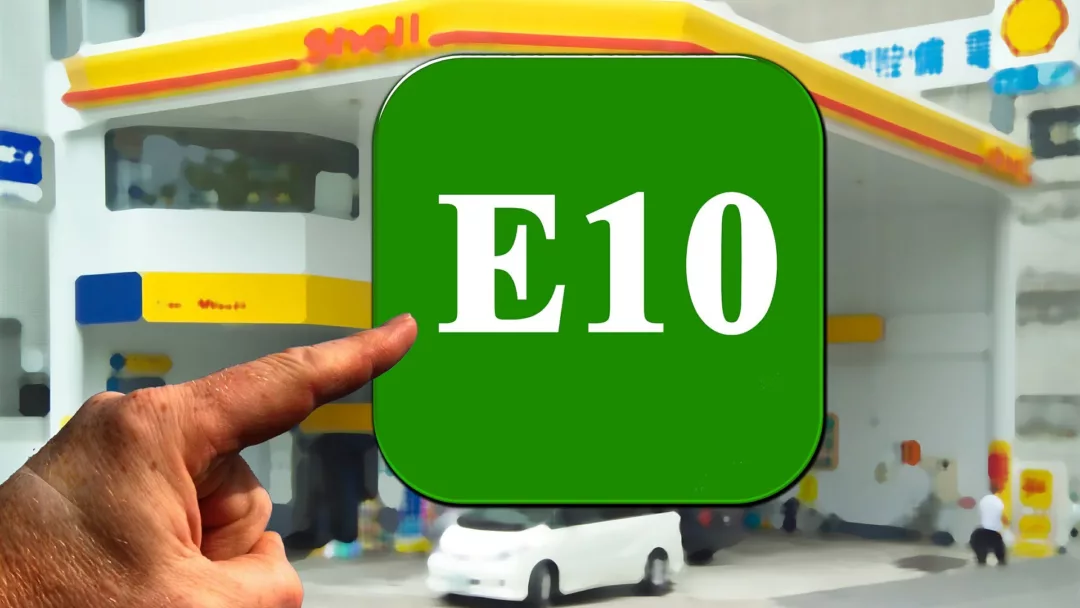
What is E10 fuel?
E10 is a biofuel made up of 90% regular unleaded and 10% ethanol. This type of petrol is much greener, and it’s estimated that it could reduce carbon dioxide emissions by 750,000 tonnes per year, which is the equivalent of taking 350,000 cars off the road, according to Cars Guide.
The E10 petrol contains 10% of renewable ethanol, double that of standard unleaded fuel, which is up to 5% ethanol and can be used in any standard petrol front-engined car without problems or the need for modification.
The added ethanol reduces the number of carbon emissions produced by an engine and is officially referred to as bioethanol. Ethanol is believed to be partially atmospherically carbon-neutral, says Car Guide, because as the crops grow, they absorb some of the CO2 in the air, which partially offsets and aids to reduce greenhouse gas emissions created by its production and use.
Will my car run on E10 fuel?
According to Hey Car, around 95% of petrol-powered vehicles are compatible with E10 fuel. But how do you know if your car will run on E10 fuel? Well, the good news is, if your vehicle was manufactured from 2011 onwards, it will be compatible with E10 petrol. However, some older vehicles won’t run on E10 fuel, like older cars manufactured before 2011, or, according to the Express:
- Classic cars
- Some early 2000 models
- Some mopeds, particularly if they have an engine under 50cc
If your vehicle is not compatible with E10 petrol, you can continue to use E5, which will remain available at many petrol stations, but this will be slightly more expensive. For example, a family car running off E5 fuel could cost around £6 more to fill up a tank than an E10-compatible equivalent.
If at all in doubt, you can check if your car is compatible with E10 petrol using the Government’s E10 vehicle checker.
What are the different types of fuel?
Whenever our vehicles need fuel, most of us tend to fill up at the local petrol stations. However, petrol and diesel isn’t the only way people are getting around these days thanks to the new alternative ways you can power up your vehicle.
Petrol: the majority of vehicles in the UK, tend to be petrol vehicles. From petrol cars to petrol engine smart vehicles, petrol engines introduced us to unleaded petrol, which is mixed with bioethanol to help make vehicles reduce carbon emissions.
Diesel fuel: diesel is becoming less popular on the fuel lines thanks to its impact on the environment.
Biofuels: this type of renewable fuel, is less widely available than the two above, as a standalone fuel. At the petrol pumps, you will see biofuel mixed with other fuel ready for you to put in your fuel tank.
Electricity: electricity is a new “fuel” that is growing increasingly popular here in the UK. It is becoming more affordable and can also help to reduce greenhouse gases too. Powered by a rechargeable plug-in battery, these vehicles will no doubt reduce the amount of petrol and diesel cars sold.
Hybrid: if you’re looking for inexpensive fuel, then look no further. Hybrids and plug-in hybrids are both powered by electricity and either petrol or diesel.
How does E10 fuel affect fuel economy?
According to Hey Car, E10 fuel is the fuel that’s been used to test a car’s performance and emissions since 2016. However, the UK Government recognises that E10 petrol can see a slight reduction in fuel economy, though this is like to be only around 1%.
How much does E10 fuel cost?
While E10 fuel is greener overall, the Government have found that it is likely to cost around 0.2p per litre more than E5 petrol. Some would say that this is less economical than petrol, with estimates ranging from cost increases of £18-£41 per year for a typical road user says Rift Refunds.
Currently, it’s being reported that E10 makes up 7% of the cost of a litre of petrol, which increased dramatically last year due to the impact of Russia’s war on Ukraine and subsequent sanctions. The chances are you could find yourself topping up your tank a little more often with E10.
Does E10 petrol affect your car’s engine?
One way that E10 petrol affects your car’s engine is by reducing the overall levels of carbon dioxide-based vehicle emissions.
It has been reported by inews that the Government has said: “By blending the fuel with up to 10 per cent renewable ethanol, less fossil fuel is needed, helping us protect the environment and meet climate change targets.
“Its introduction at UK forecourts could cut transport carbon dioxide emissions by 750,000 tonnes a year – the equivalent of taking 350,000 cars off the road, or all the cars in North Yorkshire.
“Producing ethanol also results in valuable by-products, including animal feed and stored carbon dioxide.”
What happens if you put E10 in an incompatible car?
It has been reported that estimates fail to mention, that there could be as many as 600,000 vehicles on our roads that aren’t compatible with E10 petrol, according to the RAC. So just on the off chance, if you were to accidentally put E10 fuel instead of E5 fuel into your car, and your car is on the list of incompatible cars, don’t panic, it doesn’t require any immediate draining action.
If you did happen to put E10 fuel in an incompatible car, the consequences of this depend on the vehicle, the engine, and how much of the E10 fuel you’ve put in. It might cause some pre-detonation (‘pinking’), but it shouldn’t be a disaster for the driver.
However, the Government warns: “Prolonged use of E10 petrol in a non-compatible vehicle, however, may cause harm and is not recommended.” This is because fuel containing ethanol can turn corrosive if left in long-term storage, while ethanol’s high solvency can affect seals and gaskets used in some fuel systems.
Next time that you fill up, make sure you do so with the correct E5 petrol. It might be worth topping up with your regular unleaded or premium fuel once you’ve used up some petrol and you’ve got some space in the fuel tank.
Jamjar.com makes selling your car quick, easy, and hassle-free. By comparing offers from a trusted network of UK car buyers, you get the best price without the stress of negotiating or haggling. There are no hidden fees, no obligation to sell, and the entire process is 100% online. Whether your car is nearly new or well-used, Jamjar helps you sell it fast and for a fair price—saving you time and effort.






